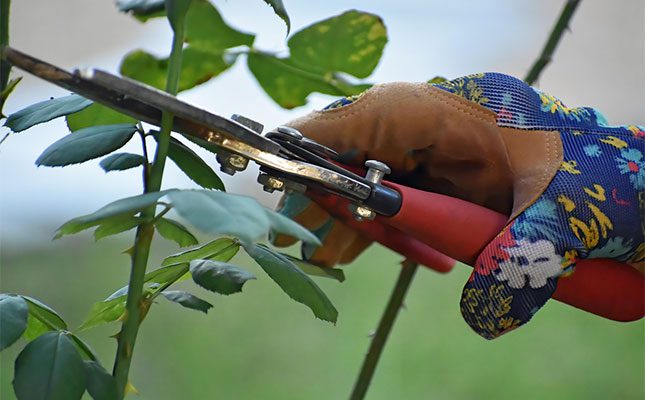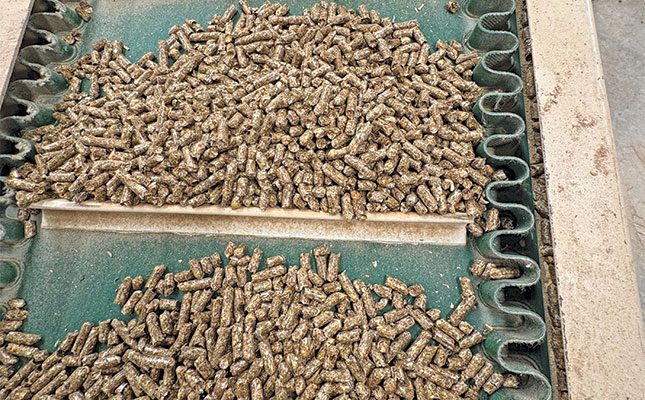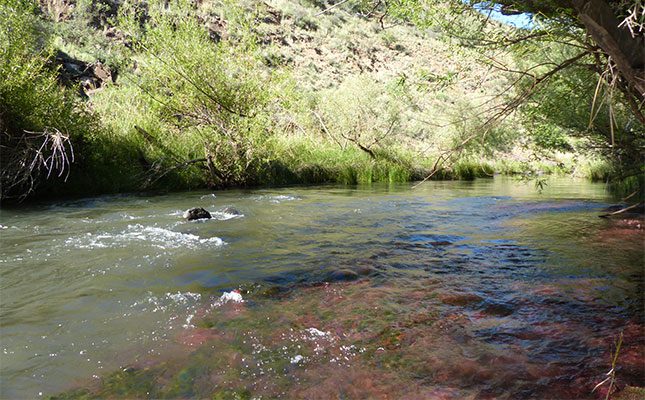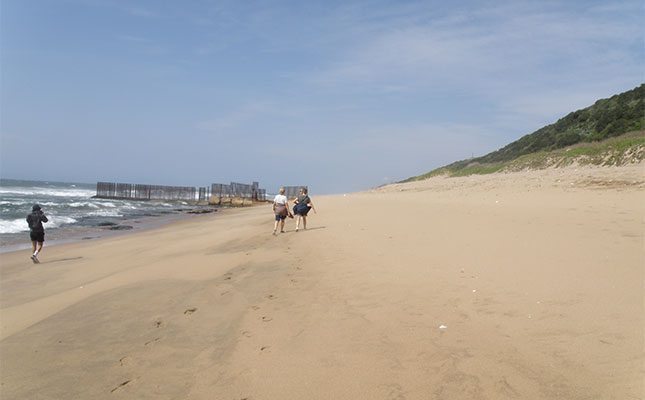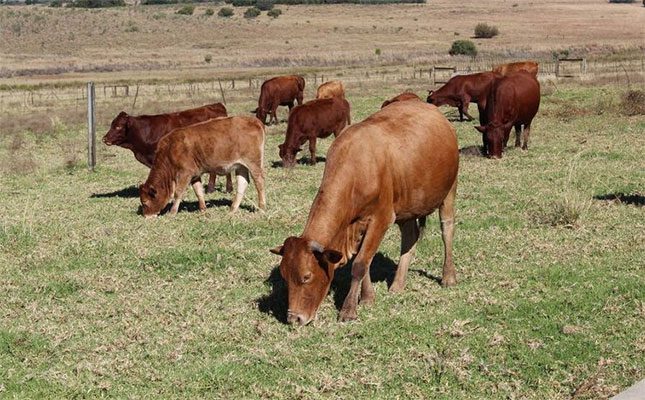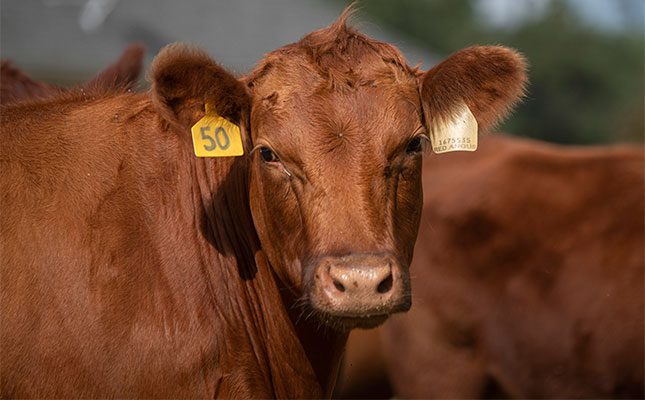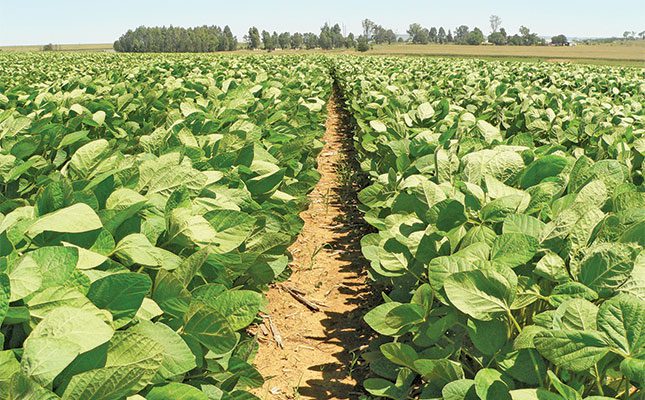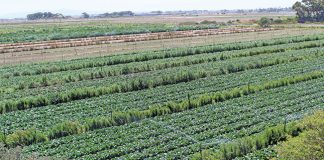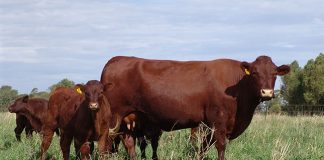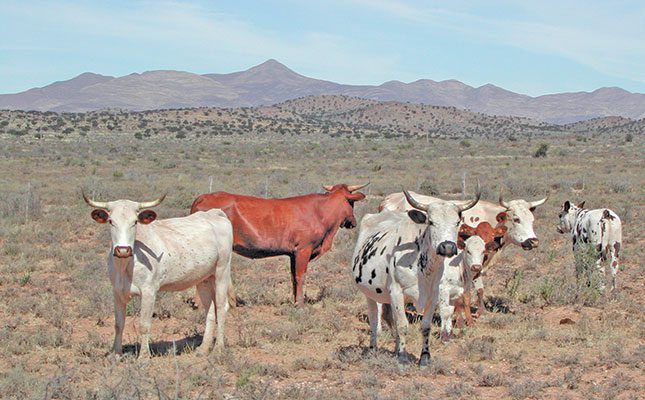
This is about 40% of the 14,1 million animals that make up the national herd. Subsistence, small-scale and emerging farmers could make money out of their animals, but in many cases the profit is lost.
Feed
The greatest problem during the colder months is almost certainly feed. Low levels of nutrition lead to infertility, lowered immunity to disease and lower levels of production.
Cattle nutrition requirements differ across the various regions of our country depending on veld type, soil type and rainfall, but animals will generally need some supplementation with a winter lick, which can be bought from co-operatives (co-op).
Co-op reps are usually very helpful, so if in doubt, just ask. Do not be tempted to allow your animals to overgraze the veld, as this will deplete the grass and result in less food being available during spring and summer.
Access to clean drinking water is essential, but this is sometimes overlooked. Check on the availability of good water, especially if you are moving your animals.
Fertility
Infertility is another major problem in the communal and small-scale herds. Dr Danie Odendaal, owner of the Veterinarian Network, says live calf births are the key indicator of profitable cattle farming, which means farmers need their cows to produce a calf every year.
The key to keeping your cows fertile is to maintain their body condition. In this regard, it is best to continuously monitor the body condition of your animals by considering their visual appearance. The more you do this, the easier it will become to pick up on potential problems.
The Grain SA website has a good, simple guide to scoring body condition on the five-point system. Remember, a cow in poor condition has no chance conceiving within three months after calving. Body condition scoring (BCS) is a vital tool to successful cattle management.
Most commercial farmers’ cows calve seasonally, while small-scale and subsistence farmers opt to calve all-year-round.
Think seriously about bringing your cattle into a seasonal calving pattern so that freshly calved cows with high feed needs calve down when the grass is at its best and there is enough of it.
Small-scale and emerging cattle farmers running their animals in communal areas would need to plan when they put the bull/s into their herds, and for this every farmer needs to be on board. Co-operation and collaboration between stock owners is essential if this seasonal strategy is to work, but once in place the rewards are soon evident.
Check heats to see if your cows are conceiving, and mark down those that are not conceiving because these are the animals you will want to sell off. It is not profitable to keep an infertile cow in your herd.
Health
Diseases are another hurdle farmers must clear, but primary health care is not that difficult so long as you have a crush. This is a basic requirement for all farmers. A crush can be cheaply built from wooden poles and rails. You can find a plan at www.kzndard.gov.za, and another at www.sabiepoles.co.za. Once the crush is up, you can dip, dose, vaccinate and treat sick animals with ease.
You need to keep dipping during winter because ticks are still around transmitting tick-borne parasitic diseases such as African and Asiatic redwater and gall sickness. Vaccination against brucellosis (CA) is mandatory and must be done on heifers between four and eight months old. Vaccinate twice with S19 (a live vaccine) or once with RB51.
Farmers need to speak to their local veterinarian, veterinary technician, or state veterinarian to find out what vaccines are necessary for their specific area. Vaccines can be expensive, so if you are operating on a tight budget, ask for a stripped-down schedule. However, do not miss the CA vaccine, as CA is pretty rife in the country.
The Virbac website has a useful vaccination programme, but a local vet or vet tech is still the best option as they will have knowledge of local parasites and diseases.
Dose for roundworm and tapeworm and for liver fluke with products like Prodose Blue and Flukazole.
These products tend to be expensive. Get on board with your neighbours and share the costs; it will make a huge difference to your ability to keep your herd disease free and will give you more options, options that will make your cattle operation more profitable.

